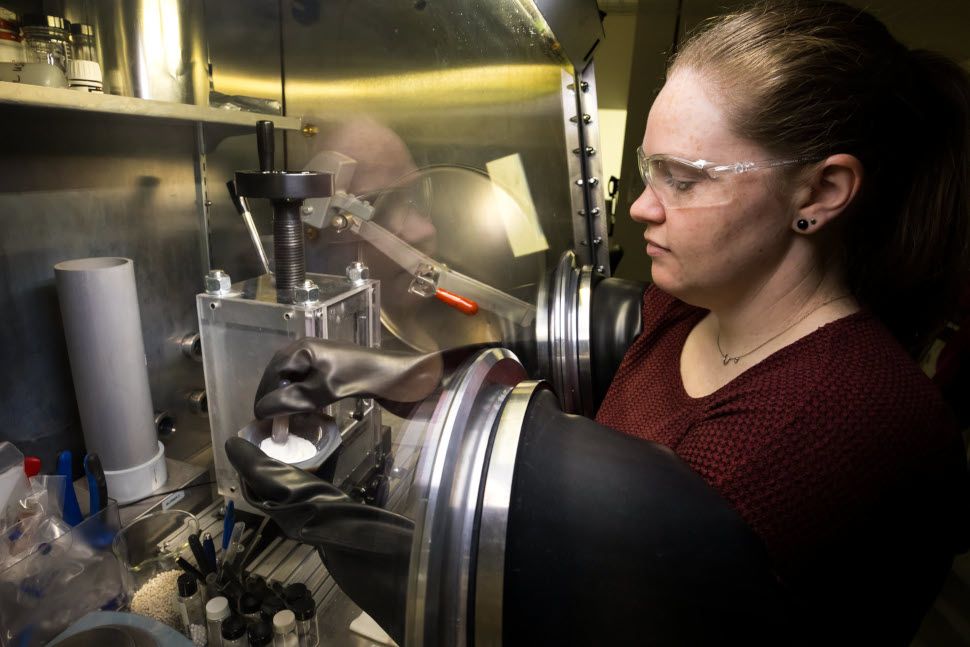Artificial Intelligence helps find new battery tech
- PostedPublished 3 June 2024
The Pacific Northwest National Laboratory (PNNL), part of the US Department of Energy, has worked with Microsoft to harness the power of artificial intelligence (AI) and high-performance computing to discover a groundbreaking substance that could reduce the use of lithium in batteries by up to 70 per cent.
This achievement comes as concerns about the potential shortage of lithium and the environmental impact of its mining have prompted the search for alternative materials.
PNNL deputy science and technology director Tony Peurrung said AI has the potential to “surface a material or an approach that is unexpected or unconventional, yet worth investigating”.

“This is a first step in what promises to be an interesting journey to accelerate the pace of scientific discovery.”
In their pursuit of finding new battery chemicals, the researchers analysed 32 million potential inorganic materials in just 80 hours. This rapid screening process enabled them to narrow down the options to a highly promising selection of 18 candidates, of which only five were already known.
After a meticulous selection process, PNNL scientists refined the chemical composition of the final chosen material before evaluating its technical viability by developing it into a battery that successfully powered a lightbulb.
Remarkably, this entire process, from initial discovery to the creation of a functional prototype, was completed in less than nine months.
“The new battery results are just one example – a proof point if you will,” said PNNL chief digital officer Brian Abrahamson.
“We recognised early on that the magic here is in the speed of AI assisting in the identification of promising materials and our ability to immediately put those ideas into action in the laboratory.”

The demand for lithium, commonly referred to as “white gold,” is increasing due to its essential role in rechargeable batteries for electric vehicles and smartphones.
However, concerns about potential shortages by 2025 have been raised by the International Energy Agency, with the US Department for Energy predicting a tenfold surge in demand for lithium-ion batteries by 2030.
The newly discovered battery material, known as N2116, combines lithium and sodium to create a solid-state electrolyte, requiring just 30 per cent lithium content.

Part of the breakthrough is that it challenges the conventional belief that having both sodium and lithium in a substance would be detrimental to batteries. It is particularly significant considering the higher cost of lithium compared to sodium, which has a near-limitless supply and can be extracted from seawater.
Microsoft executive vice president of strategic missions and technologies Jason Zander said that the company’s “novel AI and hyperscale capabilities” can be used to “speed up research and unlock the discovery of new molecules that can address some of the most pressing issues of our time, from clean energy to eliminating toxic chemicals and beyond”.
Moving forward, PNNL researchers will conduct extensive tests on a larger scale to validate the chemistry of the N2116 battery prototype. These tests will focus on assessing the stability and efficiency of the battery, ensuring its readiness for wider implementation.
- CategoriesIn Latest News
- TagsBatteries, battery, electric vehicles, EV

